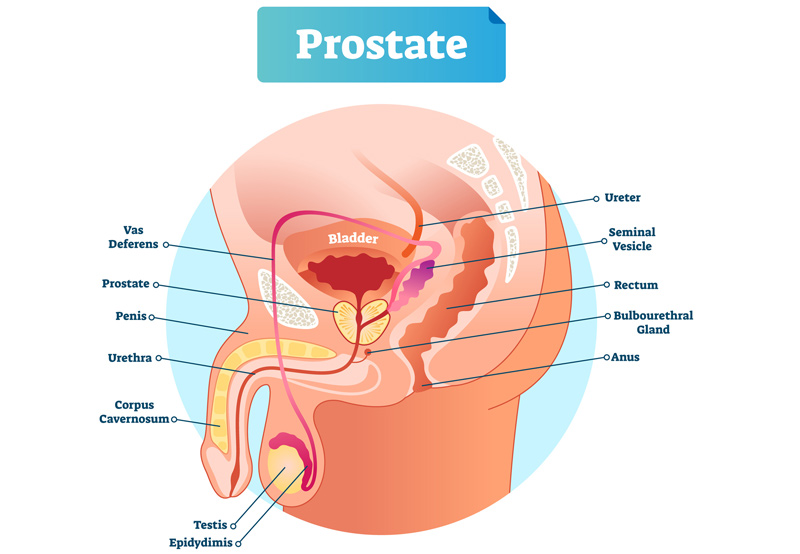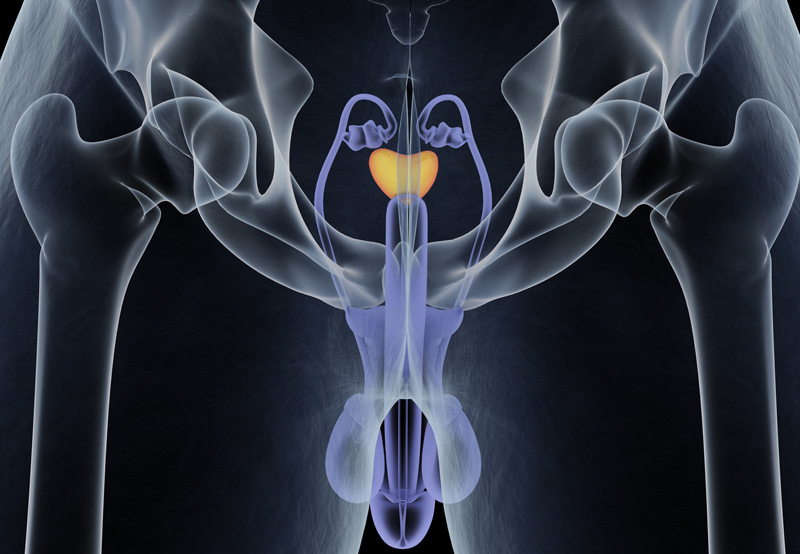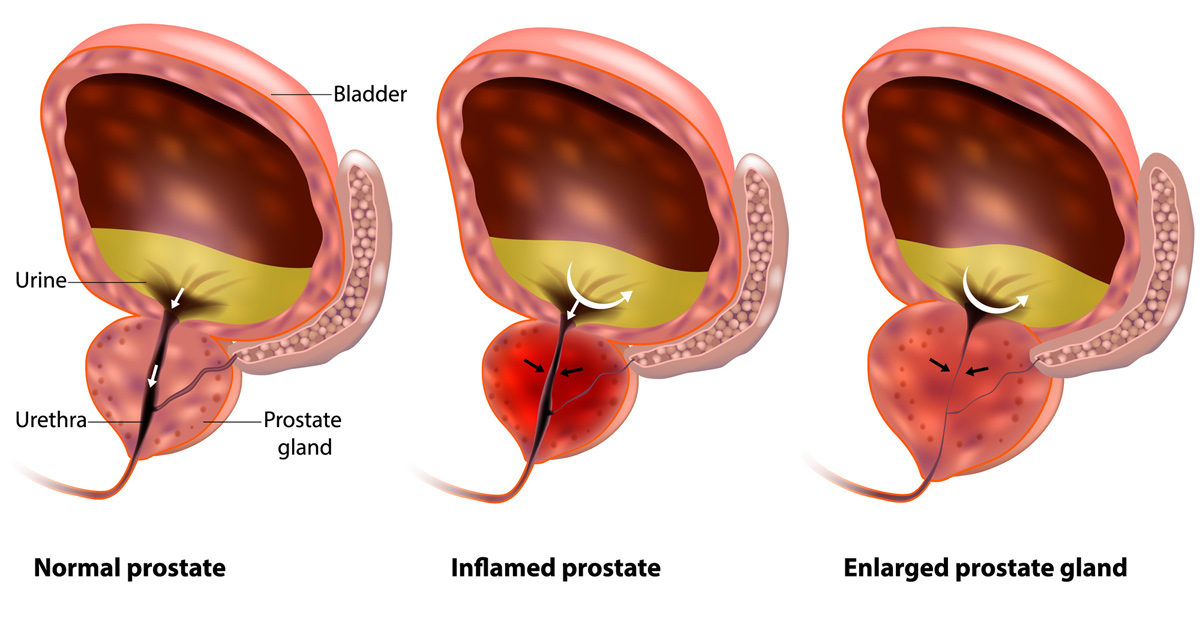

Transurethral resection of the prostate (TURP) is a surgical procedure done to treat urinary problems caused by benign prostatic hyperplasia (BPH).
Who May Benefit from TURP?
Patients experiencing the following symptoms may benefit from TURP:
- Slow, or prolonged, urination
- Difficulty starting urination
- Stopping and starting again while urinating
- Inability to completely empty the bladder
- Frequent, urgent need to urinate
- Urinary tract infections (UTIs)
- Frequent urination at night
TURP may also treat or prevent complications caused by blocked urine flow:
- Bladder stones
- Blood in the urine
- Recurring UTIs
- Kidney or bladder damage
- Inability to control urination or inability to urinate

How to Prepare for Surgery
A few days before surgery, patients may need to stop taking medications that increase the risk of bleeding, such as blood thinners like warfarin or clopidogrel, and non-prescription pain relievers like aspirin, ibuprofen, or naproxen sodium.
Patients will need to arrange for someone to drive them home after surgery since the procedure is performed under anesthesia.
What Happens During Surgery?
The patient will be placed under general anesthesia or spinal anesthesia and given a dose of antibiotics to prevent infection. Then, the surgeon will insert a resectoscope into the tip of the penis and extend it through the urethra and into the prostate. TURP doesn’t require any incisions to be made outside the body.
The resectoscope will be used to trim tissue from inside of the prostate gland. Irrigating fluid will carry the pieces of tissue into the bladder, but they’ll be removed at the end of the operation.
The Recovery Process
The patient will stay in the hospital for one to two days and have a urinary catheter in place for 24 to 48 hours due to swelling blocking urine flow. The catheter will be removed once swelling has decreased and the patient is able to urinate on their own.
It’s normal for patients to notice blood in their urine. However, if the blood is thick, appears to be worsening, or blocking urine flow, then it’s important to contact a physician immediately.
Patients may also experience painful urination, a sense of urgency, or increased frequency of urination. This generally improves within six to eight weeks.
To aid recovery, patients should:
- Drink lots of water to help flush out the bladder.
- Eat fiber-rich foods to prevent constipation and straining during a bowel movement.
- Avoid taking blood-thinning medications without physician approval.
- Avoid strenuous exercise, such as heavy lifting, for four to six weeks after surgery.
- Refrain from having intercourse for four to six weeks.
- Avoid driving until the catheter has been removed and the patient is no longer taking prescription pain medication.
Most patients experience improvement in initial symptoms within a few days. Some patients may need follow-up treatment a few years after surgery.

